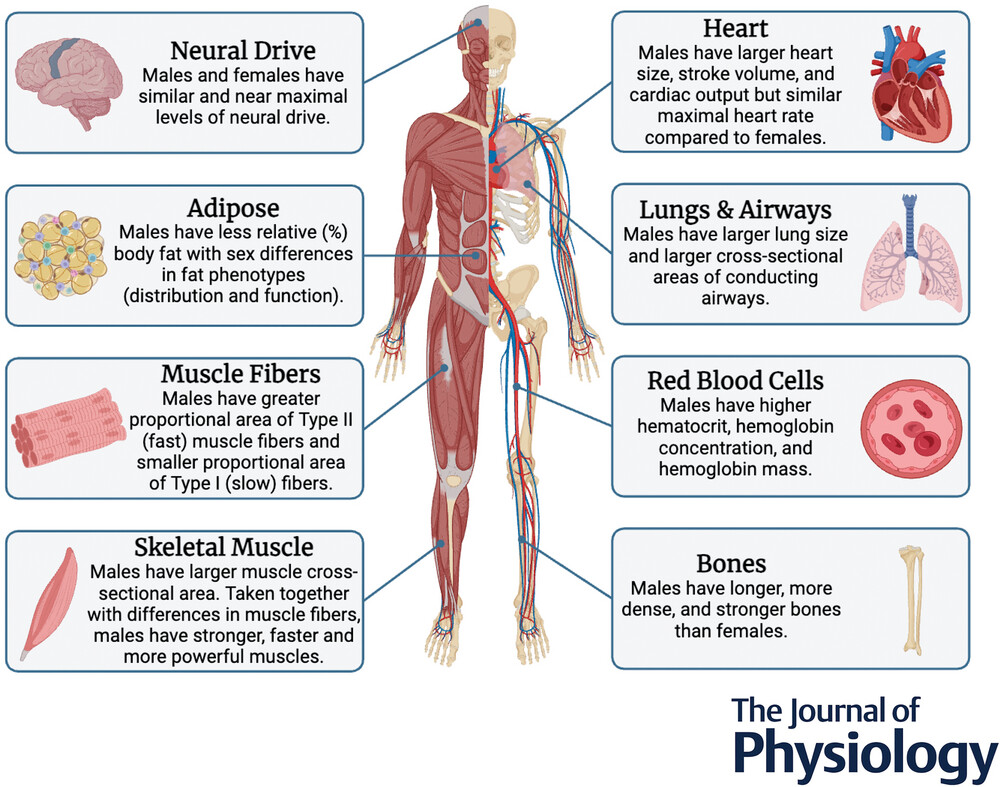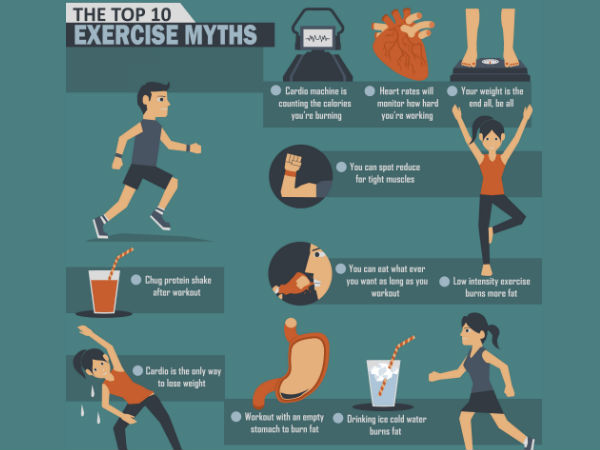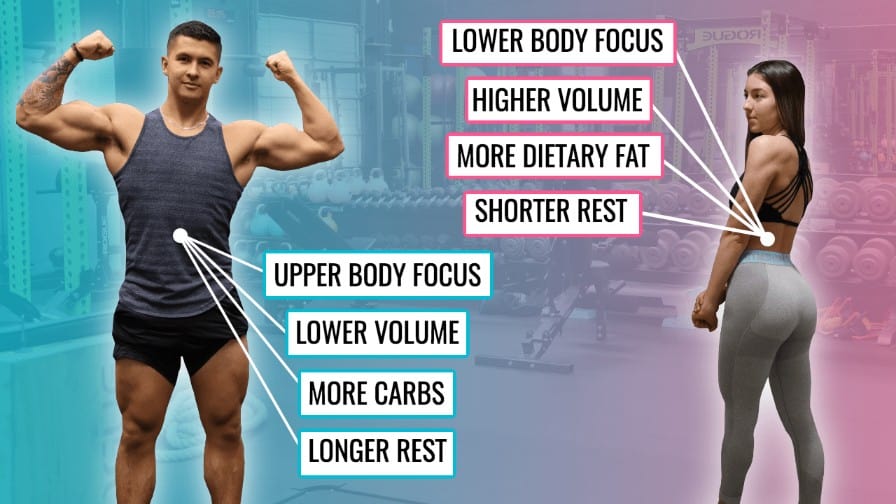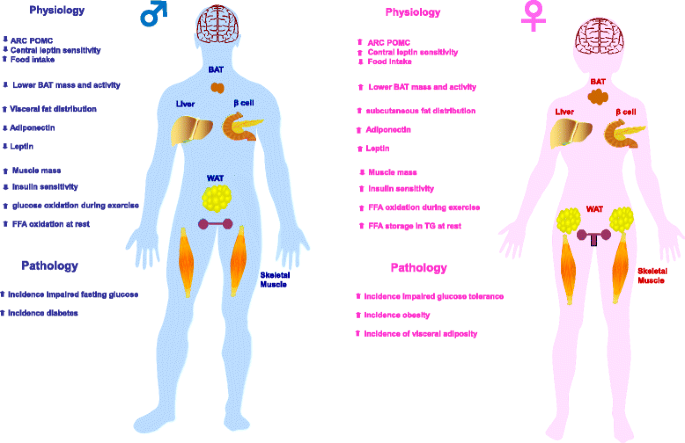When it comes to fitness, one question often sparks debate: should men and women follow different workout plans? Many people assume men need heavy lifting and high-intensity training, while women should focus on cardio or lighter weights. But is this a myth or a science-backed reality?
The truth lies somewhere in between. While men and women share the same muscles, bones, and cardiovascular systems, biological, hormonal, and psychological factors can influence how each gender responds to exercise.
In this blog, we’ll explore the science of male vs. female fitness, look at the similarities and differences, and discover how gender impacts strength, endurance, fat loss, recovery, and workout planning.
1. The Science of Gender and Exercise

Before diving into workout strategies, let’s look at the physiological differences between men and women that matter in training.
1.1 Hormonal Profile
Testosterone: Men naturally produce about 10–20 times more testosterone than women. This hormone is crucial for muscle growth, recovery, and strength.
Estrogen & Progesterone: Women have higher levels of estrogen, which improves fat metabolism and protects joints but may also influence water retention, energy, and recovery depending on the menstrual cycle.
1.2 Muscle Mass & Strength
Men typically have more lean muscle mass, particularly in the upper body, leading to greater absolute strength.
Women, however, tend to have a higher fat-to-muscle ratio and often excel in lower-body endurance.
1.3 Cardiovascular & Metabolic Differences
Women rely more on fat oxidation during exercise, meaning they burn fat more efficiently at moderate intensity.
Men tend to burn more carbohydrates during high-intensity workouts.
1.4 Recovery & Injury Risk
Research suggests women may recover faster from resistance training than men.
However, due to joint laxity and anatomical differences, women are more prone to injuries like ACL tears.
2. Common Myths About Gender and Workouts

Many misconceptions still dominate fitness culture. Let’s debunk them:
Myth 1: Women should avoid lifting heavy weights.
Reality: Strength training is safe and effective for women; it doesn’t automatically lead to a bulky physique.Myth 2: Men should avoid yoga, Pilates, or flexibility training.
Reality: Men benefit greatly from mobility work, which improves strength and prevents injury.Myth 3: Women need completely different exercises than men.
Reality: Both genders benefit from compound lifts, cardio, and functional training — only volume and intensity may vary.Myth 4: Men lose fat faster because they work harder.
Reality: Men have more muscle mass, which increases metabolic rate, but both genders can lose fat effectively with proper nutrition and exercise.
3. Men vs. Women in Strength Training

Strength training forms the foundation of most workout plans. Here’s how gender plays a role:
3.1 Muscle Growth (Hypertrophy)
Men generally build muscle faster due to higher testosterone levels.
Women can still gain significant muscle but at a slower rate, especially in the upper body.
3.2 Exercise Selection
Both men and women should prioritize compound lifts (squats, deadlifts, bench press, rows, pull-ups). However:
Men often focus on chest, arms, and shoulders.
Women frequently target glutes, legs, and core.
3.3 Training Volume & Intensity
Men can usually lift heavier loads.
Women may handle higher repetitions and often show greater muscular endurance.
Example Strength Workout Plan:
For Men: 4–6 rep range with heavier weights (strength focus).
For Women: 8–12 rep range with moderate weights (toning and endurance).
4. Men vs. Women in Cardio Training
4.1 Fat Burning vs. Stamina
Women’s bodies are more efficient at burning fat during steady-state cardio.
Men excel in high-intensity bursts and sprinting activities.
4.2 VO₂ Max Differences
Men usually have higher VO₂ max levels (oxygen utilization), giving them an edge in performance.
However, women show better fatigue resistance during ultra-endurance activities.
4.3 Best Cardio Approaches
Men: HIIT (High-Intensity Interval Training), sprinting, cycling for power.
Women: Steady-state cardio, HIIT, and endurance-based activities like running, swimming, or rowing.
5. Gender and Flexibility/Mobility
Women generally have better joint flexibility, making yoga, Pilates, and mobility work easier.
Men benefit more from adding mobility sessions to prevent stiffness and injuries.
6. Gender Differences in Fat Loss & Nutrition

6.1 Fat Distribution
Men store more fat around the abdomen (visceral fat), increasing health risks.
Women store more fat around the hips, thighs, and buttocks (subcutaneous fat) due to estrogen.
6.2 Nutrition Considerations
Men: Need higher protein intake to support muscle mass.
Women: Benefit from steady carbohydrate intake, especially during menstruation for energy balance.
7. Recovery and Gender
7.1 Men’s Recovery
Longer recovery needed after high-intensity lifting.
Greater muscle soreness (DOMS).
7.2 Women’s Recovery
Tend to recover faster from submaximal efforts.
Menstrual cycle affects performance and recovery phases.
Tip: Women may benefit from syncing workouts with menstrual cycle phases:
Follicular Phase → Higher strength and energy.
Luteal Phase → Focus on lighter intensity, flexibility, or recovery.
8. Psychological & Social Differences
Men: Often motivated by performance, strength goals, or competition.
Women: More likely to value social support, community fitness classes, and holistic wellness.
9. Does Gender Really Matter in Workout Planning?
The answer is: yes and no.
✅ Similarities:
Both genders benefit from resistance training, cardio, mobility, and balanced nutrition.
The basic principles of fitness (progressive overload, consistency, recovery) apply equally.
❌ Differences:
Hormones, recovery times, fat distribution, and performance patterns create small but meaningful variations.
Customization should be based more on individual goals, lifestyle, and health conditions than gender alone.
10. Practical Workout Guidelines
For Men
Prioritize heavy lifting for muscle growth.
Add HIIT for fat loss and performance.
Incorporate mobility and flexibility training.
Ensure protein-rich nutrition for recovery.
For Women
Focus on strength training (especially lower body and core).
Use moderate weights with higher reps for endurance.
Sync workouts with menstrual cycles for optimal results.
Include steady-state cardio for fat oxidation.
11. Key Takeaways
Biology matters, but it doesn’t mean men and women need completely different workouts.
Both should strength train, do cardio, and focus on overall wellness.
Men may build muscle faster, but women excel in endurance and recovery.
Customization should focus on individual needs rather than rigid gender rules.
Final Thoughts
So, does gender matter in workout planning? The short answer: a little, but not as much as you think. While men and women have distinct biological differences, the fundamentals of fitness apply universally. Instead of dividing workouts strictly by gender, focus on goals, fitness level, body type, and lifestyle.
The best workout plan is not “for men” or “for women” — it’s the one that fits you.
Related posts:
 Why Dr. Ambedkar’s Ideas Matter in 2025
Why Dr. Ambedkar’s Ideas Matter in 2025
 Pre-Workout Meals vs. Supplements: What Fuels You Best?
Pre-Workout Meals vs. Supplements: What Fuels You Best?
 No Gym, No Problem: Creating a Home Workout Routine That Works
No Gym, No Problem: Creating a Home Workout Routine That Works
 Top 10 Hariyali Teej Outfit Ideas & Mehndi Designs for Women in 2025
Top 10 Hariyali Teej Outfit Ideas & Mehndi Designs for Women in 2025
 Importance of Hartalika Teej Fasting for Married and Unmarried Women in 2025
Importance of Hartalika Teej Fasting for Married and Unmarried Women in 2025
 Using Panchang for Daily Planning: Is It Practical Today?
Using Panchang for Daily Planning: Is It Practical Today?
